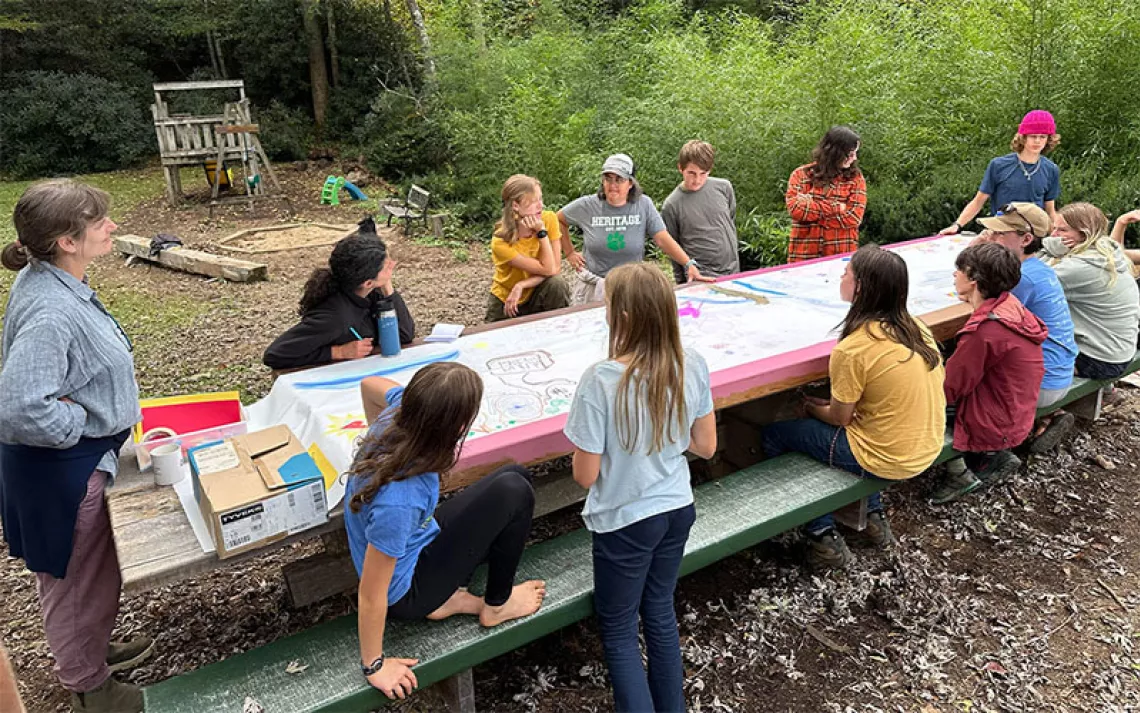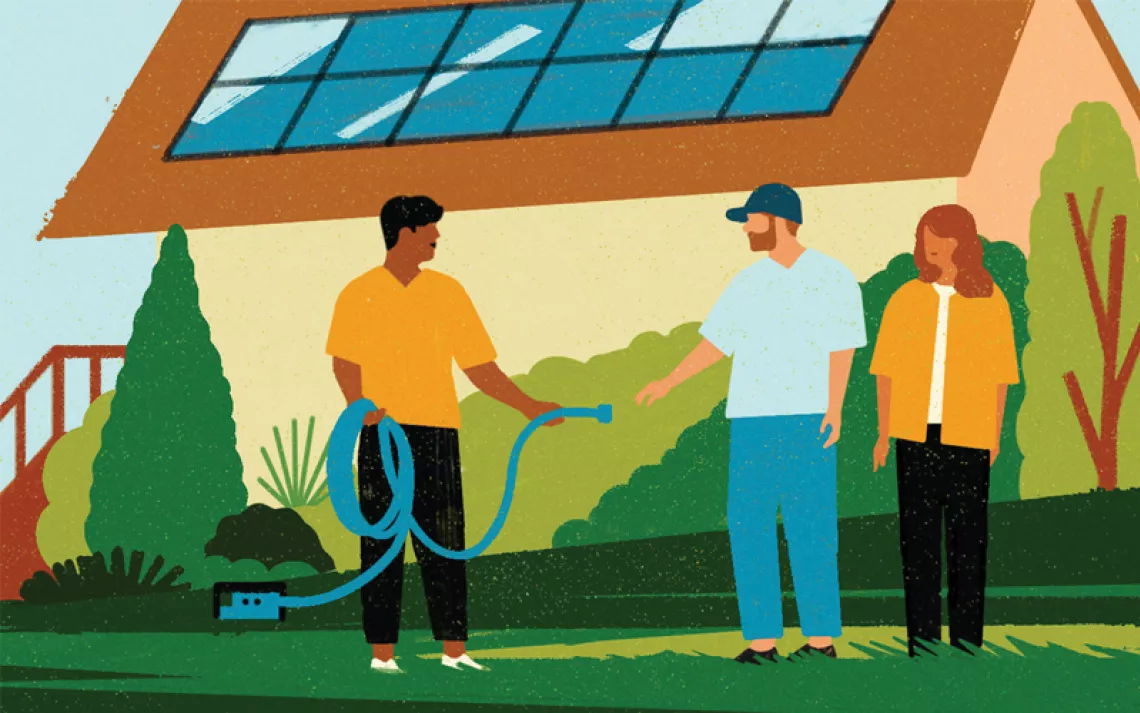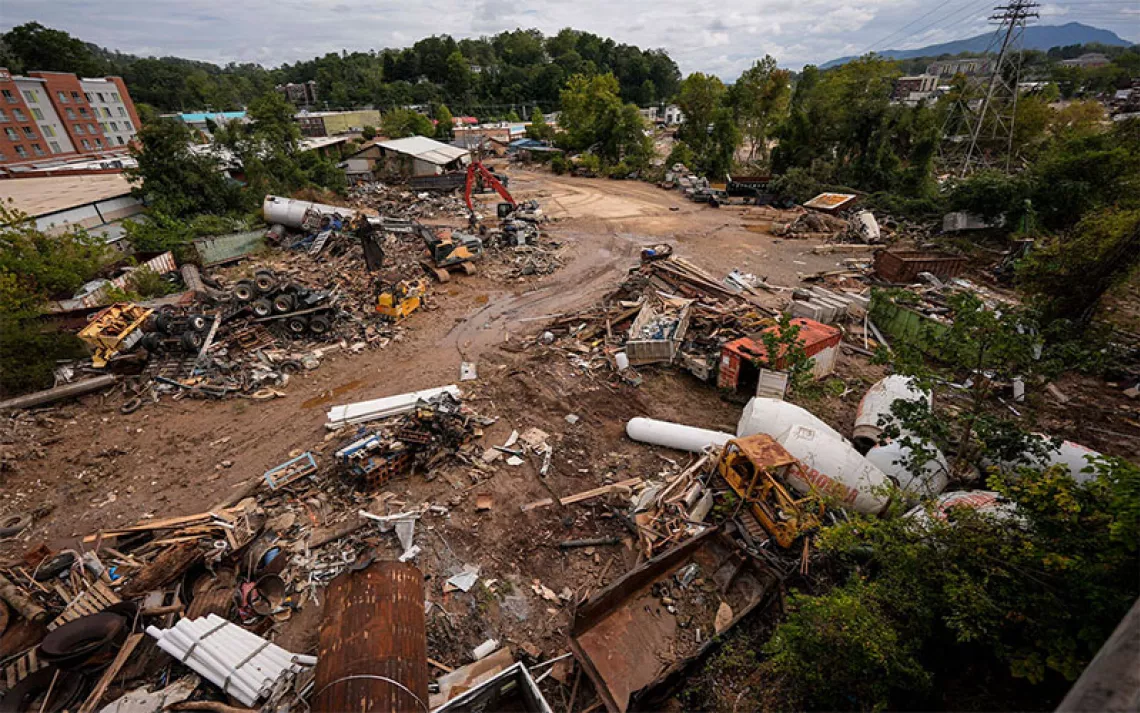Climate Migration Will Be the Global Challenge of a Generation
Models predict mass displacement in the decades ahead
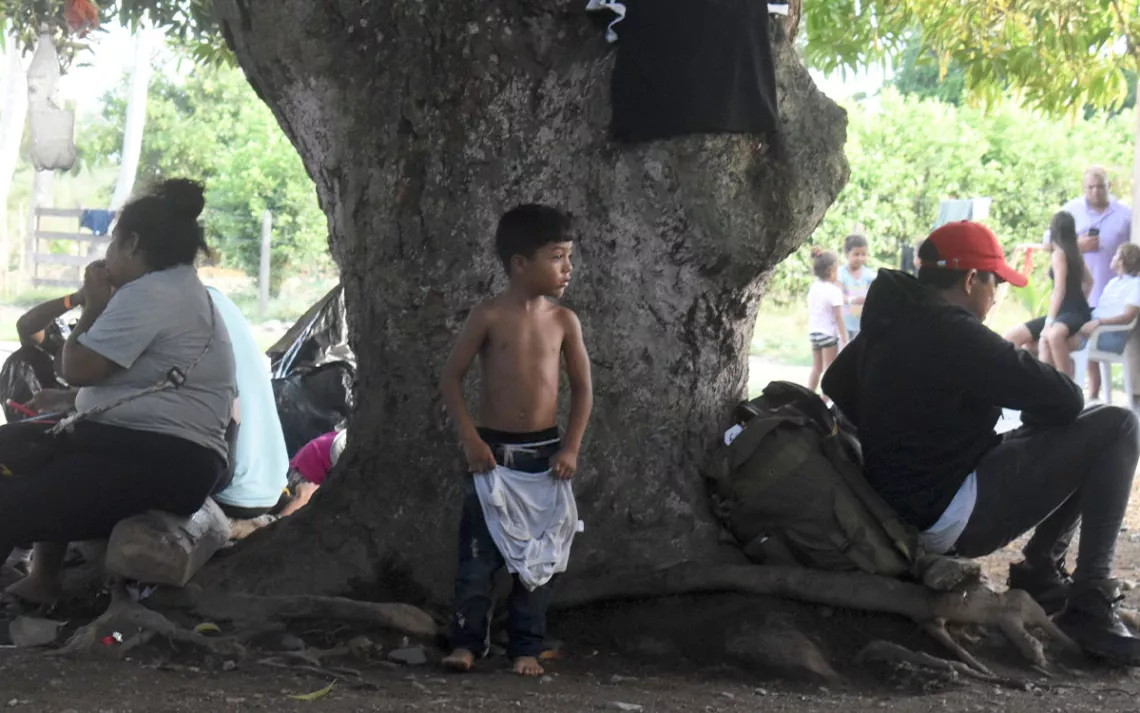
In 2019, Javier Aguilera and his family moved from Venezuela to Porto Alegre, the southern Brazilian state of Rio Grande do Sul. He worked in a recycling center, living with his wife and two daughters. Then this past May, record flooding there submerged entire towns for weeks and killed nearly 200 people.
For Aguilera, the floods meant an end to his work and the loss of the house he rented for his family. “We had been thinking of leaving before that,” he said, “but the decision was taken out of my hands by the floods.”
With no means to work and no housing, the Aguilera family felt they had no choice but to migrate north to the United States. In June, his family traveled to Colombia to traverse the Darien Gap, the dangerous jungle crossing on the Panamanian-Colombian border that connects southern to central America, then continued north toward the United States. They made it, but are now stuck in Tapachula, Mexico, looking for work and trying to save money to continue the journey.
Extreme weather events in South America are driving more families to abandon their homes and undertake a risky, sometimes dangerous journey toward the US border. Changing precipitation patterns mean that once arable land is increasingly barren due to drought, while other areas, like southern Brazil are increasingly prone to cataclysmic flooding.
“Climate change acts as a multiplier for other factors,” said Michael Nash, a filmmaker and researcher who spent two years traveling the world talking to climate migrants as part of a film on the subject. “As regions around the world increasingly suffer from its effects, economies and infrastructure are also damaged as well. People fleeing these situations are often referred to as economic migrants, but the truth is much more complicated.”
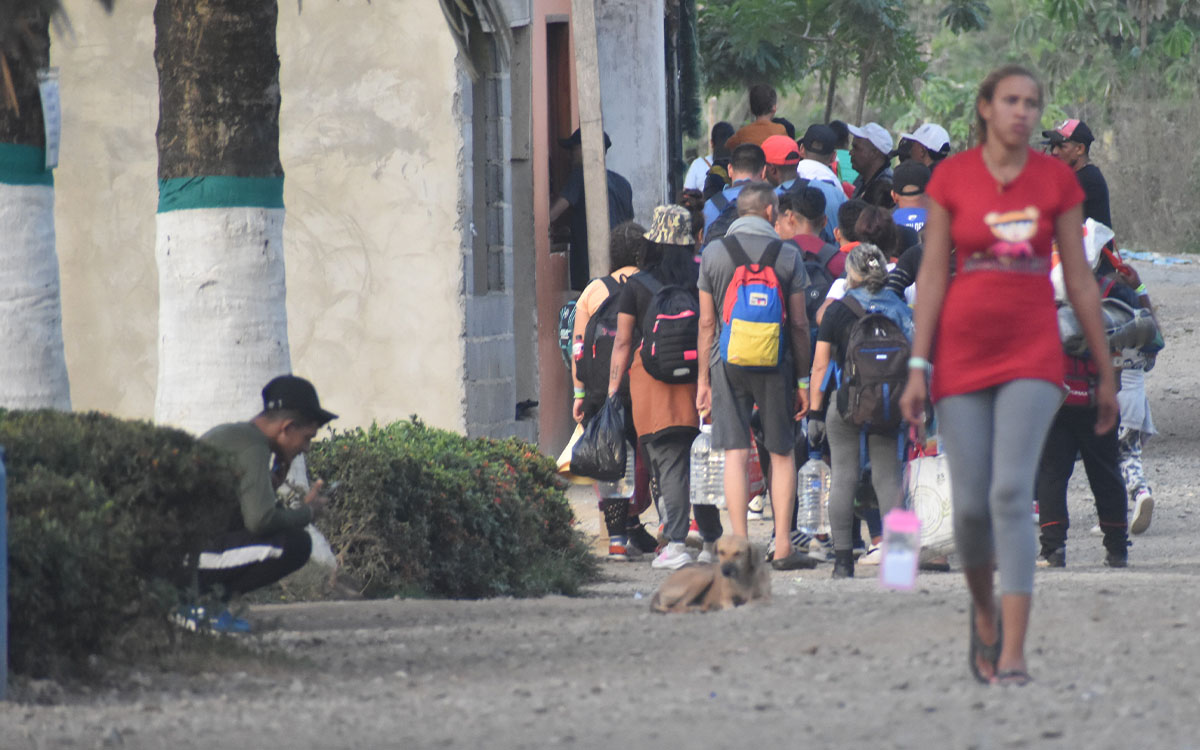
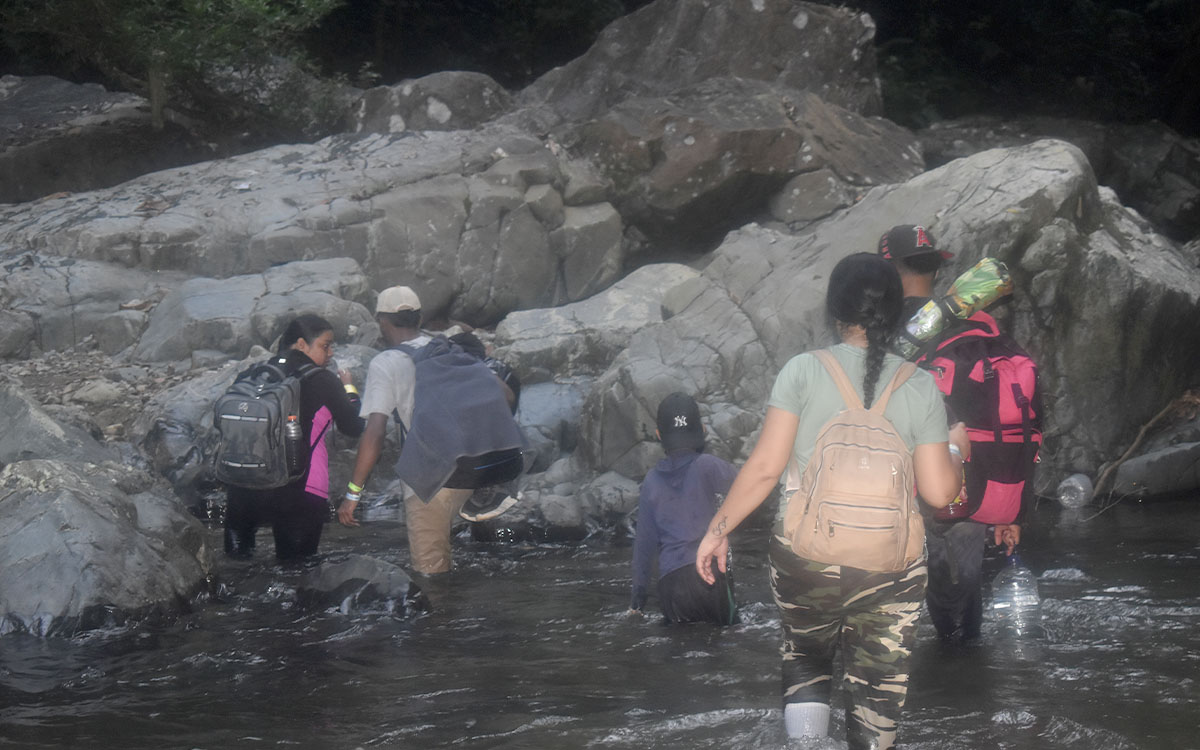
“There is no process currently to deal with someone who is coming to the US due to crop failure or natural disaster,” said Aaron Reichlin-Melnick, policy director at the American Immigration Council. “This is an ongoing challenge [for all nations] in the modern era, something we critically need to develop.”
The number of refugees who have been forcibly displaced globally has dramatically increased in the last decade, nearly doubling in size, and migration overall is increasing as well. The principal drivers are economic or related to conflict, but climate change increasingly plays a role, according to data from the United Nations International Office on Migration (IOM).
Most of those who have been displaced migrate internally—to another region within their birth country—but the number of those choosing to cross borders in search of a better life is increasing as well. The IOM has cited estimates of as many as 1 billion climate migrants in the next 30 years. Other projections point to 1.2 billion by 2050, and 1.4 billion by 2060. Those migrants will largely flee equatorial zones, which will be the hardest hit by global warming, though they will not be the only regions affected.
Some regions, particularly in the Global South, are projected to experience significant changes in temperature, precipitation patterns, sea level rise, and other climate-related factors. Less than 1 percent of the world is currently considered borderline inhabitable. By 2070, that number is expected to rise to 19 percent.
Latin America and the Caribbean are particularly hard hit by the fallout of climate change, even though the region as a whole generates merely 10 percent of global greenhouse gas emissions. Joseph Davies lived on an island just off the coast of Panama called Carti Sugtupu, where mostly Indigenous residents are being relocated to the mainland due to a rise in sea levels. “When I was a child, my parents built a wooden stove near the shore,” he told Sierra. “Now, that stove is underwater. And in the entryway to my house, water has risen to ankle-deep.”
Precipitation patterns are shifting, temperatures are rising, and some areas are experiencing changes in the frequency and severity of weather extremes. The impacts range from melting Andean glaciers to devastating floods, to collapsing forest ecosystems to region-wide droughts. Honduras and Guatemala are already seeing crop failures on previously fertile land. Mexico City and Bogotá both currently suffer severe water shortages that have led to rationing. Brazil in May suffered the worst floods in the country’s history; studies on precipitation patterns suggest floods in the future are twice as likely due to the burning of fossil fuels. Venezuela this year saw the last remaining glacier in the country downgraded in status to an ice patch. Guajira, an Indigenous region that stretches across the borders of Colombia and Venezuela, has experienced desertification due to long-term droughts that have left residents without potable water, and made growing crops impossible.
Climate change also affects basic infrastructure that produces and transports clean water, food, and electricity. Due to droughts in Colombia, which relies overwhelmingly on hydroelectric power, the country this year temporarily reduced the sale of electricity to Ecuador, exacerbating drought-induced power shortages there.
Dealing with those displaced by climate change in the future “needs to be a shared international investment” said Reichlin-Melnick. “We need to look ahead for ways for countries to work together. If projections are true, we are talking about mass global displacement that will require a solution from the entire international community.”
For Javier Aguilera, however, the problem is more immediate. “I just want to work hard and come out ahead for my family,” he said from a shelter in Tapachula. “I think we can build a better life in the United States.”
 The Magazine of The Sierra Club
The Magazine of The Sierra Club

